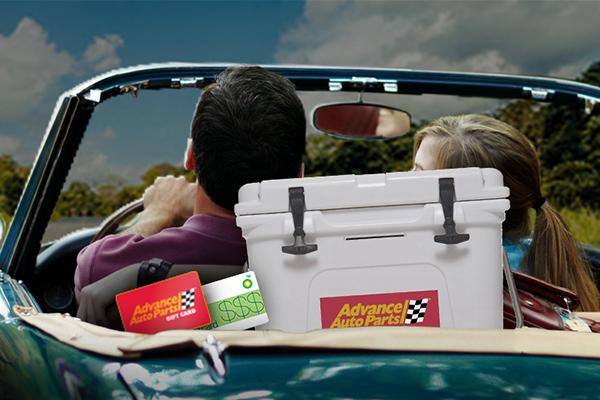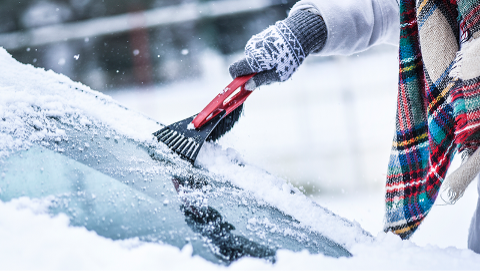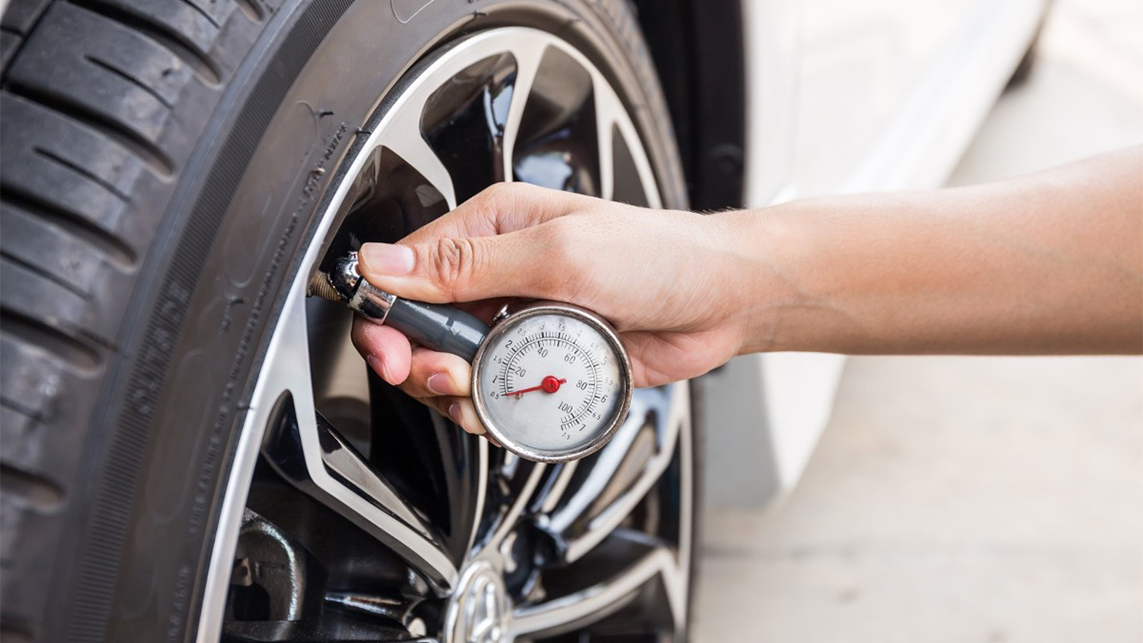Long miles in steamy, hot weather is tough on your tires. Did you know heat can affect the inflation, performance, and safety of your vehicle's handling? Before setting off on a summer road trek, give your ride a quick once-over with this tire maintenance checklist.
Source | Rucksack Magazine
1. Check for proper tire inflation
If a tire is over- or under-inflated, it can lead to a blowout on the road. Low tire pressure also increases fuel consumption, making that summer getaway more costly than expected.
Start by checking your owner's manual or driver's side door jamb for the recommended tire pressure. Note that there may be different specifications for the front and rear tires.
Get an air-pressure reading when the tires are cold. Drive to a nearby fuel station or perform the test at home with a tire-pressure gauge. Then, release any overage by pressing the needle in the center of the tire's valve stem, or add extra air with a manual or motorized tire pump.
2. Measure the tire tread
The performance and safety of your tires depend on how well they make contact with the road. Tread that measures 5/32" or deeper is road ready. If the tread measures 3-4/32", plan to replace the tires soon.
Tire manufacturer Goodyear recommends performing the classic penny test. Place a penny in a tread groove with Lincoln's head facing down. If you can see the top of Lincoln's head, your tread is wearing thin and you need to replace the tires.
3. Get or perform a tire rotation
Each time you log 5,000 miles, you need to rotate the tires to help ensure even wear, according to National Institute for Automotive Service Excellence (ASE) recommendations. Michelin, however, says you can wait for 6,000 to 8,000 miles. Ultimately, tire wear depends on the type of roads (concrete, gravel, blacktop) you travel and your driving style.
If you have a well-equipped garage complete with multiple jack stands, you can tackle this maintenance task at home. But if you notice issues with tire alignment or balancing, you'll need to go to a pro shop for assistance.
4. Look for foreign objects in the tires
Visually inspect each tire, including the spare. Look for the shiny top of a nail or even pointed rocks embedded in the tire tread. These unwanted riders can cause small, gradual leaks that eventually leave you pulled over on the side of the road.
Consider adding a tire patch kit to your car's travel maintenance kit. It might just be the thing that lets you navigate to the nearest repair shop without calling for a tow truck.
5. Evaluate the spare tire
This maintenance part is your backup plan if all else fails. Be sure it's in tip-top shape. The tire pressure, tread, and overall physical condition should be top-notch.
If you do need to put the car's original spare on, realize that it isn't as durable as an everyday tire, according to Popular Mechanics. Spares are constructed with fewer layers of steel and polyester, and are more narrow, making them less puncture resistant than your other tires. A spare should only be used long enough to get you to a safe parking spot where a new tire can be put on.
Are you getting ready for a summer road trip? Tell us about your vehicle and destination in the comments below!









